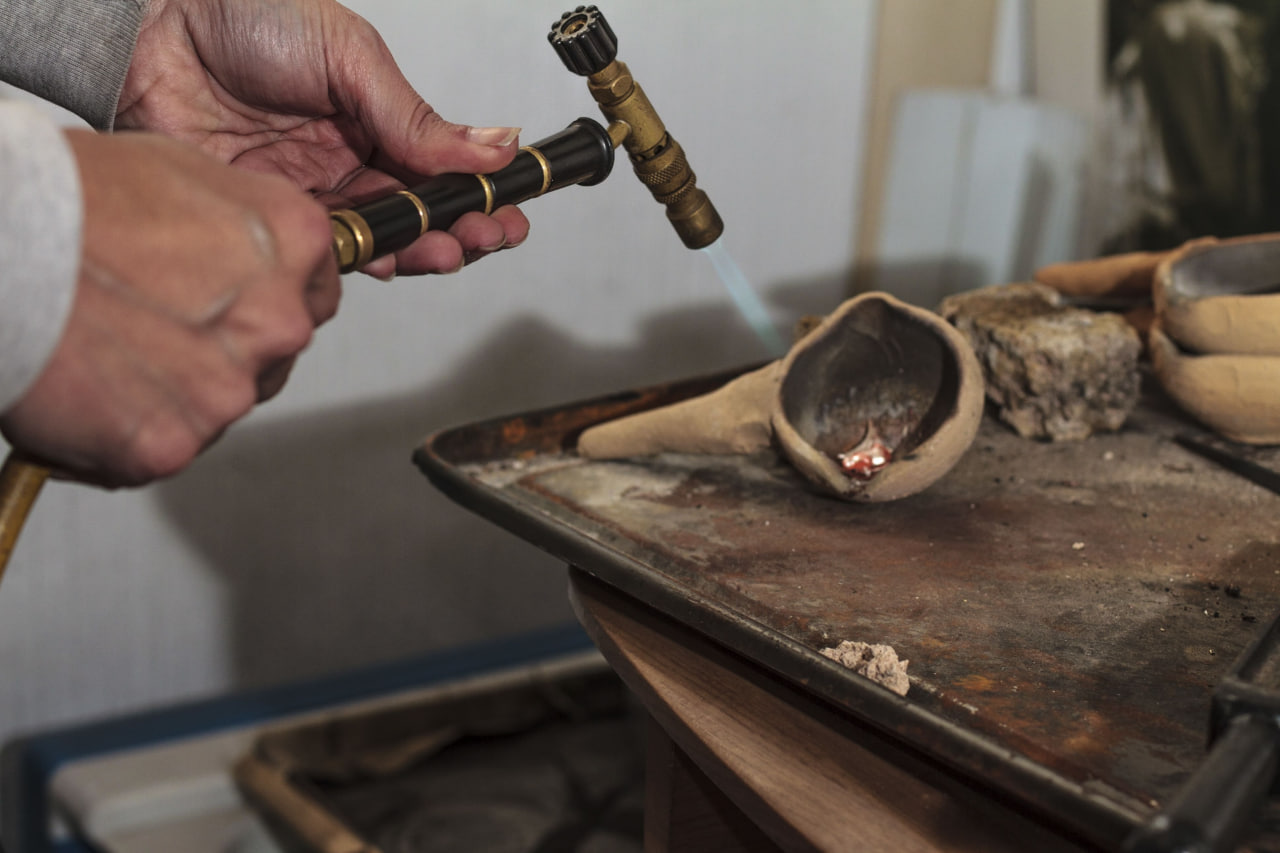Introduction:
Antique clocks are not just functional timepieces—they are exquisite works of craftsmanship, history, and art. From delicate pocket watches to grandiose grandfather clocks, these objects often carry sentimental value and historical importance. However, over time, the mechanisms within these timepieces can deteriorate, and the materials may suffer from the effects of age. In this article, we’ll dive into the intricate process of restoring antique clocks, ensuring that they continue to tell time for generations to come while maintaining their original beauty.
Understanding the Mechanism of Antique Clocks: The restoration of an antique clock requires a deep understanding of the clock’s inner workings and materials. Unlike modern clocks, antique ones are made of mechanical parts, often crafted by hand. These components can vary depending on the clock’s era, type, and manufacturer. Antique clocks can be broadly divided into several categories:
- Mantel Clocks: Smaller, portable timepieces often found on tables or mantelpieces. They typically have a simple mechanism but require careful attention to the gears and pendulum.
- Grandfather Clocks: Tall, floor-standing clocks with intricate movement mechanisms. These clocks often need more detailed work, especially in the repair and restoration of the gear train.
- Pocket Watches: Tiny, precise instruments that demand meticulous attention due to their size and complexity.
- Wall Clocks: These can range from simple designs to intricate mechanical clocks, and their restoration process can involve everything from cleaning the dial to servicing the gears.
Restoring an antique clock requires knowing how to handle each unique type of clock and the materials involved, such as brass, wood, and glass.
The Restoration Process: The process of restoring an antique clock is meticulous and requires both technical knowledge and specialized skills. Here’s how the restoration process typically unfolds:
- Disassembly and Inspection:
The first step in clock restoration is disassembling the timepiece carefully. Every component, from the hands and dial to the movement and case, needs to be carefully examined for damage. This step ensures that no part of the clock is overlooked and that each piece is evaluated for wear and tear. - Cleaning and Oiling:
Dust, dirt, and grime can accumulate within the clock’s gears and mechanisms over time. The cleaning process involves carefully removing these deposits to ensure that the internal mechanisms can work freely. Specialized clock oils are used to lubricate the gears, ensuring smooth operation without causing excess buildup. - Repairing or Replacing Parts:
During this stage, any damaged or worn-out parts are either repaired or replaced. For example, broken springs, cracked dials, or damaged gears may need to be replaced with either new components or custom-made parts that are in keeping with the original design. - Reassembling and Testing:
Once the clock has been cleaned and repaired, it’s reassembled with great care. The movement is tested to ensure the clock keeps accurate time, and any necessary fine-tuning is done to ensure smooth operation. This step also involves adjusting the pendulum and ensuring the hands move freely without obstruction. - Restoring the Exterior:
In addition to the internal mechanism, the exterior of the clock may require restoration. This may involve polishing or refinishing wood cases, replacing glass faces, and cleaning brass or metal components to restore their shine and beauty. The goal is to make the clock look as close to its original appearance as possible while maintaining its historical value.
Tips for Maintaining Your Restored Antique Clock: After your antique clock has been restored, maintaining its function and appearance is essential to preserving its longevity. Here are a few tips for keeping your clock in top condition:
- Keep it Clean: Regular dusting and occasional cleaning of the dial and case will keep your clock looking sharp and functioning properly.
- Wind it Properly: For mechanical clocks, remember to wind them according to the manufacturer’s instructions. Over-winding can damage the springs, and under-winding may cause the clock to stop.
- Avoid Direct Sunlight: Exposure to sunlight can damage the finish on the wood and fade the clock face or dial over time.
- Have it Serviced Regularly: Even restored clocks need regular maintenance. Have your clock professionally serviced every few years to ensure the internal mechanisms are in good working order.
Conclusion:
Restoring antique clocks is a meticulous and rewarding process. Not only does it breathe new life into a timepiece, but it also allows the history and craftsmanship to shine through for future generations. Whether it’s a precious pocket watch or a majestic grandfather clock, restoring an antique clock ensures that it continues to tell time and preserve the stories of the past. With the right care and attention to detail, these beautiful timepieces can keep ticking for years to come, adding timeless charm to any collection.

